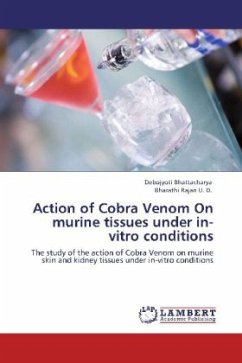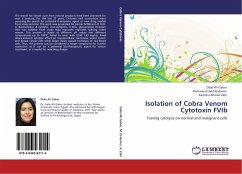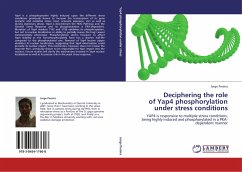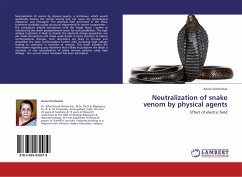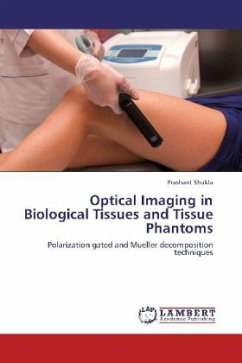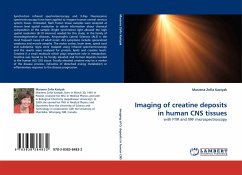Morphological changes take place, following envenomation of mouse tissues by cobra venom. The morphological changes that occur in-vitro, is of importance and needs to be studied. In the present study, kidney and skin of mouse are needed to be fixed, in a suitable fixative, for 24 48 hours. These tissues should then be processed and embedded into paraffin blocks. These blocks would then be sectioned and slides would be prepared. Haematoxylin stained tissue slide is to be used as a Control. Tissue slides are to be quenched with different percentage (usually 0.25% - 2.0%) of Hydrogen peroxide and then should be challenged with different concentration of antigen (10µg/ml, 100µg/ml of cobra venom).The in-vitro action of the venom, on the tissues, can be studied by adding Antibody conjugate (1/1000) and the chromogen (3, 3 - Diaminobenzidine).Cross reactivity, if any, can be removed by adding Normal Horse Serum (usually 3%) as a blocking agent. Counter staining can be done with haematoxylin so that the brown precipitate will becomes evident against a blue background.

